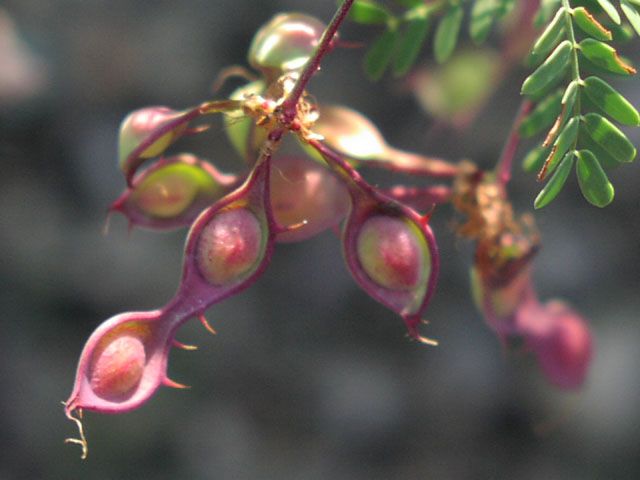Mimosa (silk tree)


Popular names: Albizia, Silk tree
Family: Fabaceae
Origin: Iran to Japan
Lighting: Full sun
Watering: Moderate
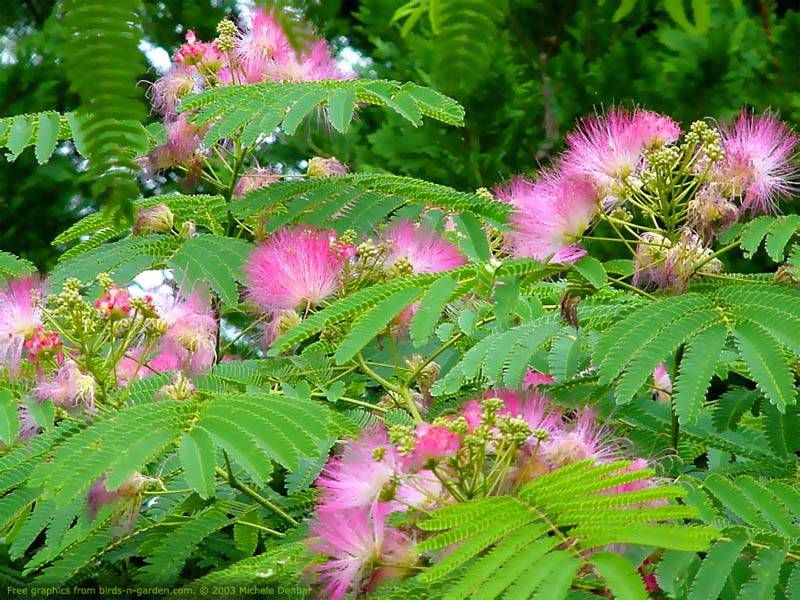
Description:
Silk tree, also known as mimosa, or silky acacia, is a small to medium-sized tree that can grow up to 20-40 feet tall. The bark is light brown, nearly smooth, and generally thin.
The attractive fern-like leaves of mimosa are finely divided, 5-8 inches long by about 3-4 inches wide, and alternate along the stems.
Silk tree has showy and fragrant pink flowers, about 1 1/2 inches long, that resemble pom-poms and are arranged in panicles at the ends of branches.
Fruits are flat, straw-colored pods about 6 inches long containing light brown oval-shaped seeds about 1/2 inch in length. Pods ripen in August to September and begin to disintegrate soon after, but remain on the trees into winter.
mimosa borealis stemfls mimosa calliandra inaeqilatera
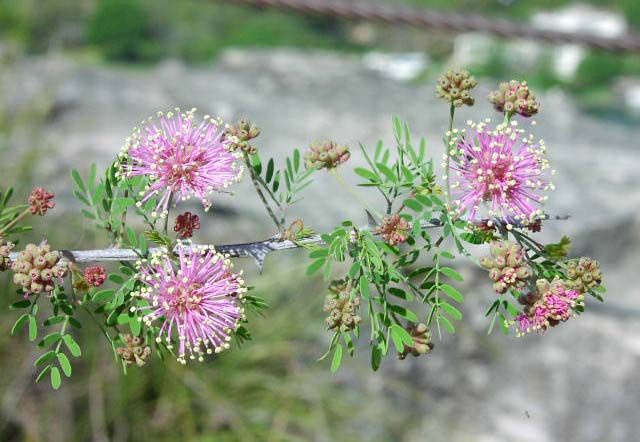
Care and cultivation:
Silk trees grow rapidly under good conditions but are short-lived and have weak, brittle wood. If cut or top-killed, trees resprout quickly and sprouts can grow over three feet in a season.
Albizia loves heat. Needs winter protection in the colder areas of its range to prevent dieback. Water moderately and let the soil dry in between. Do not ever get the flowers wet!
Albizia is suitable for only large size or non-traditional bonsai, due to the large compound leaves. In nature, they often grow with multiple trunks, and thus may suggest this style in bonsai. Prune in winter or early spring as needed. Wire branches when relatively young, as the branches become quite brittle when old.
|
|
|
|
mimosa (acacia dealbata) |
mimosa borealis |
Propagation:
Silk tree reproduces both vegetatively and by seed. Silk tree seeds have impermeable seed coats that allow them to remain dormant for many years. One study showed that 90% of the seeds were viable after five years and, for another species of mimosa, a third of its seeds germinated after 50 years in open storage. Seeds are mostly dispersed below or around the parent plant, but can be dispersed further by water.
Pests and Diseases:
A vascular wilt disease has been particularly destructive on many Mimosa. This usually ends up killing the tree to the ground and then it resprouts back with numerous suckers.
Ecological threat: because silk tree can grow in a variety of soils, produce large seed crops, and resprout when damaged, it is a strong competitor to native trees and shrubs in open areas or forest edges. Dense stands of mimosa severely reduce the sunlight and nutrients available for other plants.
Articole asemănătoare
-
Laleaua Silk Surprise, eleganta in tuse alb si roz
Un soi rar de lalele, aceste Silk Surprise se numara printre rarele varietati bicolore, petalele cu textura fina si catifelata fiind marcate de pete alb si roz.
-
Plante neobisnuite
Un adevarat campion, aceasta bizara planta din Namibia poate fi intalnita doar aici, in zonele desertice, si pare sa reziste in orice conditii, oricat de dificile.
-
Flori potrivite pentru cadoul de Ziua Indragostitilor
Fiind acea luna din an care include sarbatoarea Dragobetelui, februarie tinde sa-si piarda orice conotatie secundara, pentru ca - mai mult decat orice - oamenilor le place sa iubeasca si sa fie iubiti.
-
Valea Patalkot, un izvor de ierburi miraculoase
Inca din cele mai vechi timpuri, oamenii au adunat plante cu scopul de a vindeca anumite afectiuni sau doar pentru simplul consum.
-
Viata secreta a plantelor
Plantele au secrete la fel cum si fiintele umane au. Afirmatia poate fi gasita in cartea scrisa in limba engleza de Peter Tompkins si Christopher Bird si care poarta titlul "The Secret Life of Plants" (Viata secreta a plantelor).
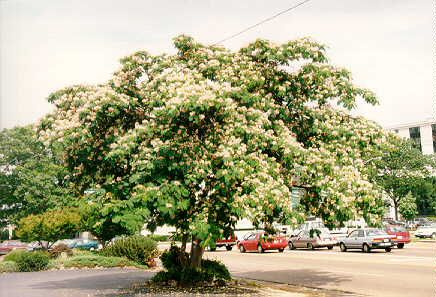
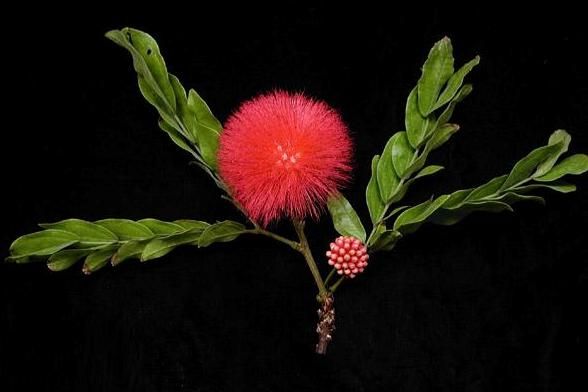
.jpg)
